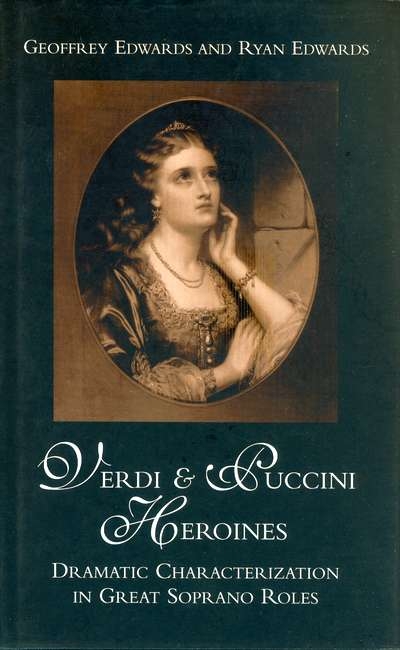


She dies with an assertion that God’s justice will ultimately prevail.Īt least one critic has argued that the musical repetition of Cavaradossi’s aria at the opera’s conclusion is an ironic comment on her statement of faith. With her lover dead and her own imminent death assured, she utters a line that has no parallel in Sardou’s play: “Scarpia, onward to God.” It is not God but human institutions which have failed her. It is only in the final moments of the opera that this issue is resolved. Why, she asks, would God allow a good, pious person to suffer? Her aria ends with a question that for the moment remains unanswered. By the second act, however, she has already come to question her beliefs. In the first act, Tosca is seen as a conventionally pious young woman (despite her liberal views on sex), bringing flowers to the statue of the Madonna and speaking of her as if she is a real person. Nevertheless, the religious element in this opera runs deeper than these negative images would imply. Cavaradossi refuses the services of a priest before his execution, and when he says that Tosca tells everything to her confessor, he implies that he does not trust the priests to honor the confidentiality of the confession booth. The outwardly comic Sacristan is a sinister informant in league with Scarpia.

The torture of Cavaradossi is clearly condoned by the Church. Scarpia represents the Papal authority, whose hypocrisy is underscored by the mixture of lust and false piety in the first-act finale, a scene which has no parallel in Sardou’s play. Puccini’s anti-church sentiments are clear in Tosca. It is not Christianity or religion in general that comes under attack, but rather the corruption of religion by the Church. Yet it is important to make a distinction between anti-clerical views and anti-religious ones. The heroine’s most memorable aria is a prayer, and a crucifix is prominent in Cavaradossi’s cell in the final act.īecause of the largely negative view of the Catholic church not only in this opera but in several other Puccini operas, some writers have asserted that Puccini was anti-religious (We should note here that even though Puccini did not write his own libretti, he had enough input into the writing that we can assume that the operas reflect his own philosophy). Two of the acts conclude with God’s name, and the other ends with a personal religious ceremony as Tosca places a crucifix on Scarpia’s chest. During the early stages of Tosca’s composition, Puccini asked his librettists to place an increased emphasis on the religious elements of the story, and indeed the church looms large in this story.


 0 kommentar(er)
0 kommentar(er)
